Place Broglie is located in the historic quarter of Strasbourg, close to Place Kerber, Place de la Cathédrale and Place de la République.
This square is very important because it is home to two significant buildings: the opera and the town hall (L'Hôtel de Ville). And, Place Broglie was the place that La Marseillaise (the French national anthem) was played for the very first time.
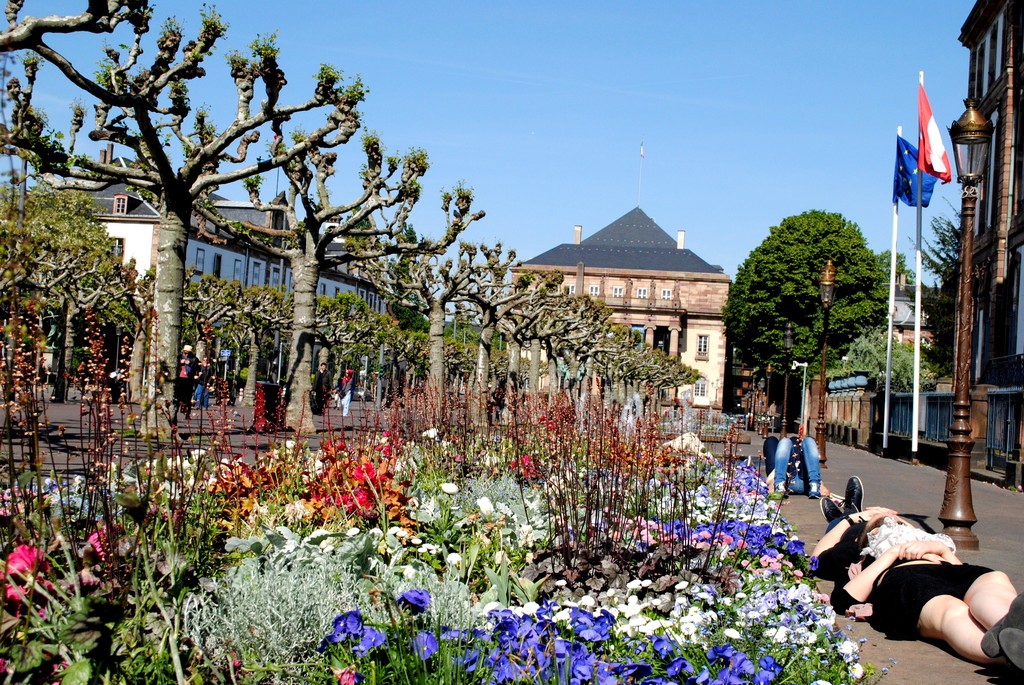
L'Hôtel de Ville is a building that is considered to be a historic monument and has been designated as a UNESCO World Heritage Site. Originally, this building served as the residence of a count, and its interior decor has been preserved over the years, so it is home to lots of eighteenth-century secrets. I have personally never been inside, but you can visit on heritage days, both with or without a guided tour.
Besides, the famous Strasbourg Christmas markets (le Marché de Nöel) can be found here, as well as in the other most important squares in the city (Place de la Cathédrale, Place Kerber, Place d'Austerlitz, etc. ). Within these markets, you can find: typical Alsatian food, handicrafts, the famous foie gras, pretzels, fruit preserves, Christmas decorations, and mulled wine, which is traditionally drunk here during the festive period.
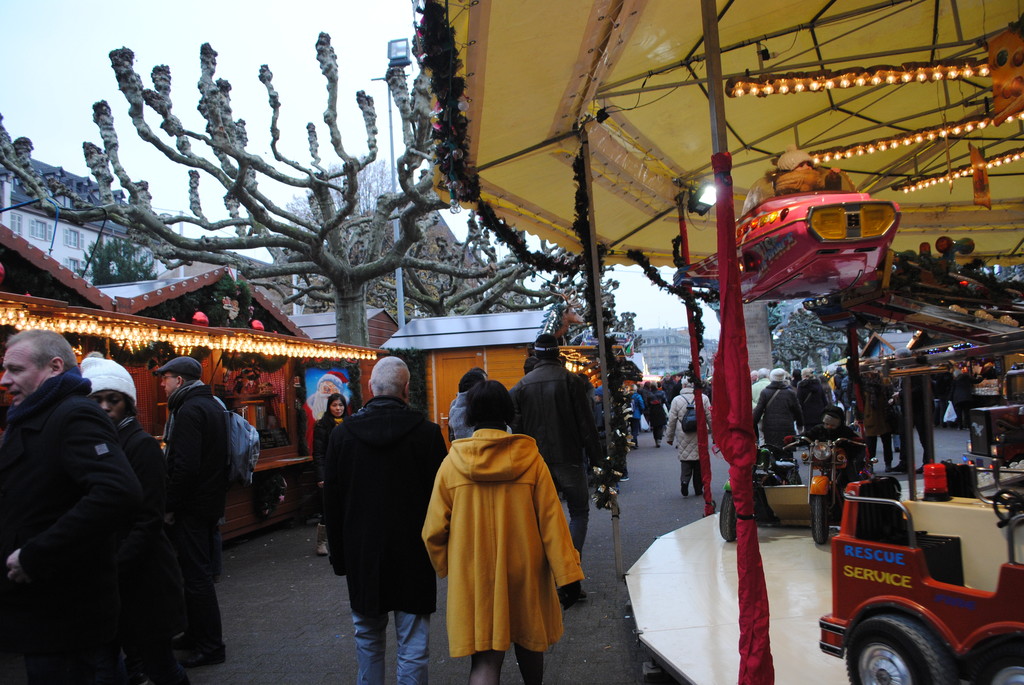
The market in Place Broglie is called "Chistkindelsmärik" and it is one of the oldest and most famous markets in France. In my opinion, it's the largest in Strasbourg and the one where you can find the widest variety of goods. However, that's not to say that it's the most best, as there are lots of stalls that sell typical Christmas sweets and pastries that aren't of a very good quality (the selling point is that they are cheaper). As far as I see it, the mentality of "quantity over quality" takes precedence here at this market, but that's not to say that there aren't good stalls, just that you have to look a little bit harder. Aside from the typical food, there are lots of Christmas ornaments, Alsatian decorations, lamps and lights, snow globes, Christmas trees, etc. I recommend that you go, but if you want something to eat, it's best to compare what's offer with other places before you buy anything. I'm not trying to say that it's bad, just that you can find much better if you are willing to look for it.
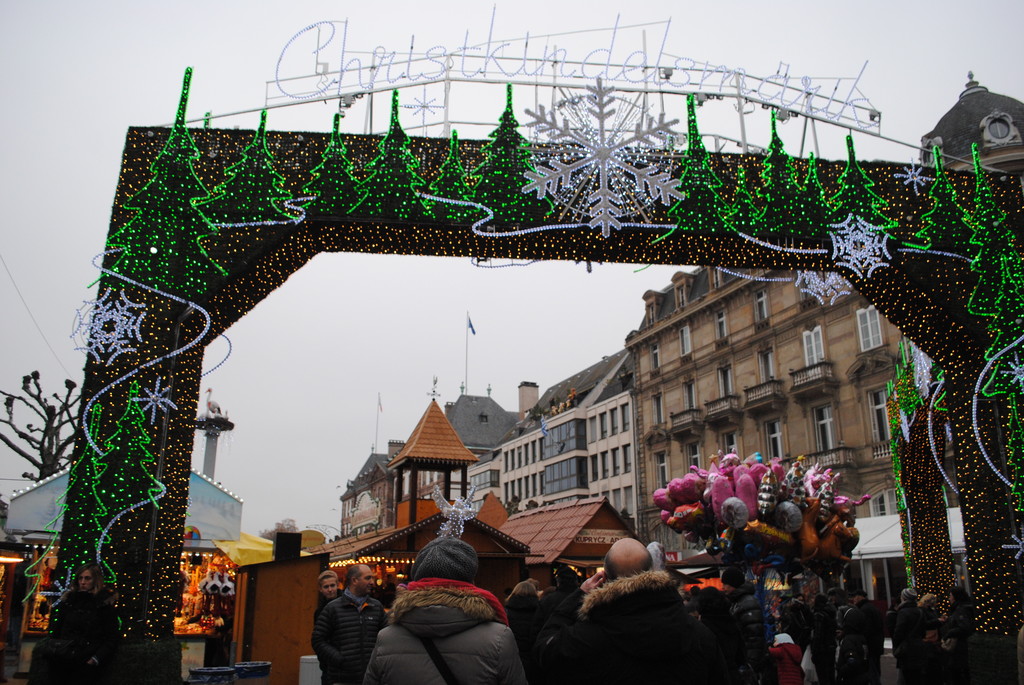
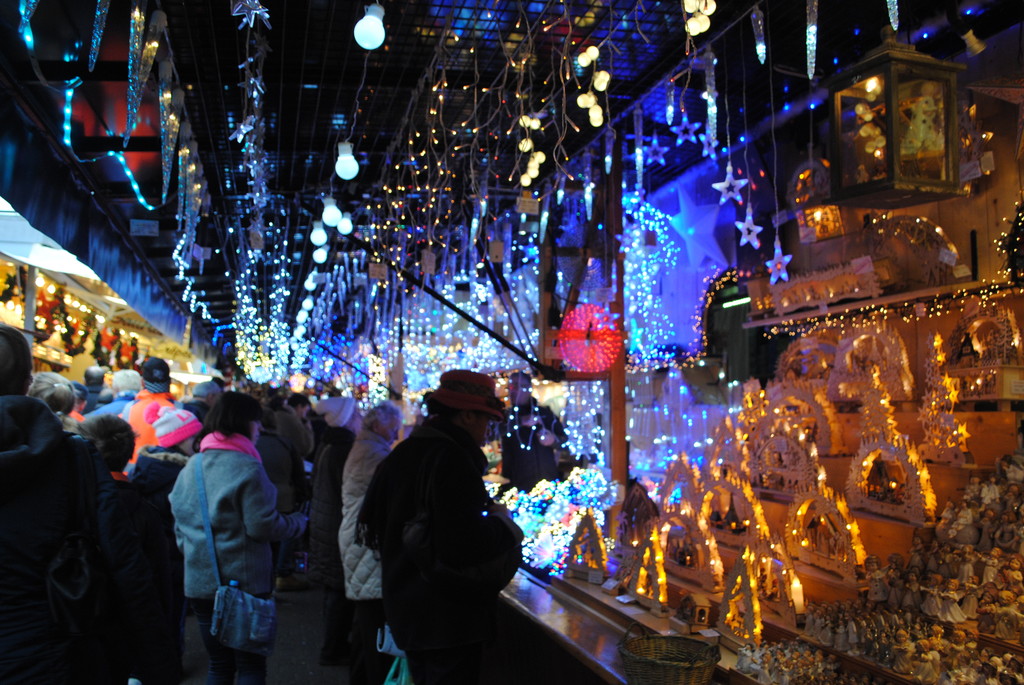
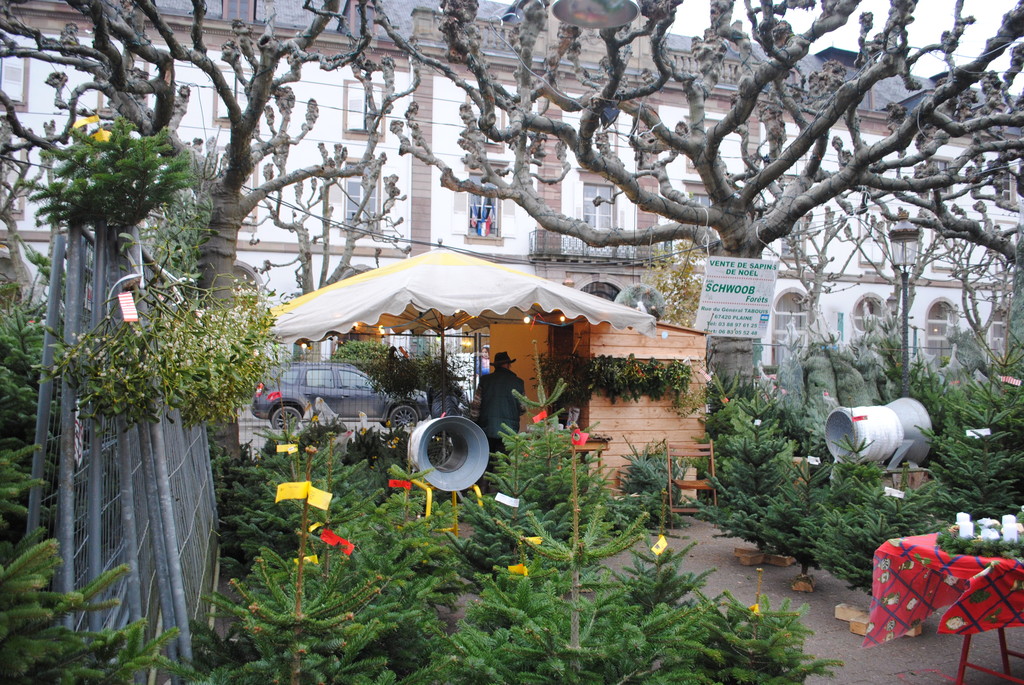
The opera house, better known as L'Opéra national du Rhin, is one of my favourite buildings. The architectural style of the building is neoclassical and it is beautiful and elegant both inside and outside. The facade is characterised for its six vertical columns, they also have a bar with a terrace that sits on the main facade. The interior does not disappoint either - it's like being inside one of those classical theatres, with red velvet and luxury in every detail. I have been lucky enough to go inside it on many an occasion, as, like with the theatre performances, if you have a Carte Culture, you can go to the opera, the ballet or other events for just 5. 50€. Getting yourself one of these cards is something that I really recommend you do; seeing the ballet was incredible, and even more so at this price. You can see which performances are taking place on L'Opéra national du Rhin's website and you can buy your tickets online or at the box office on the corner of the Place de la Cathédrale, close to the Cure Gourmande (the famous biscuit shop). I recommend that you buy your tickets at least a month in advance because, with this discounted price, they only have a limited number of seats in the second-tier circle. Being seated towards the centre-front of the third circle is okay, but I really don't recommend leaving it so that you are sat in the Gods because you won't see very well unless you are literally stood up for the entire performance.
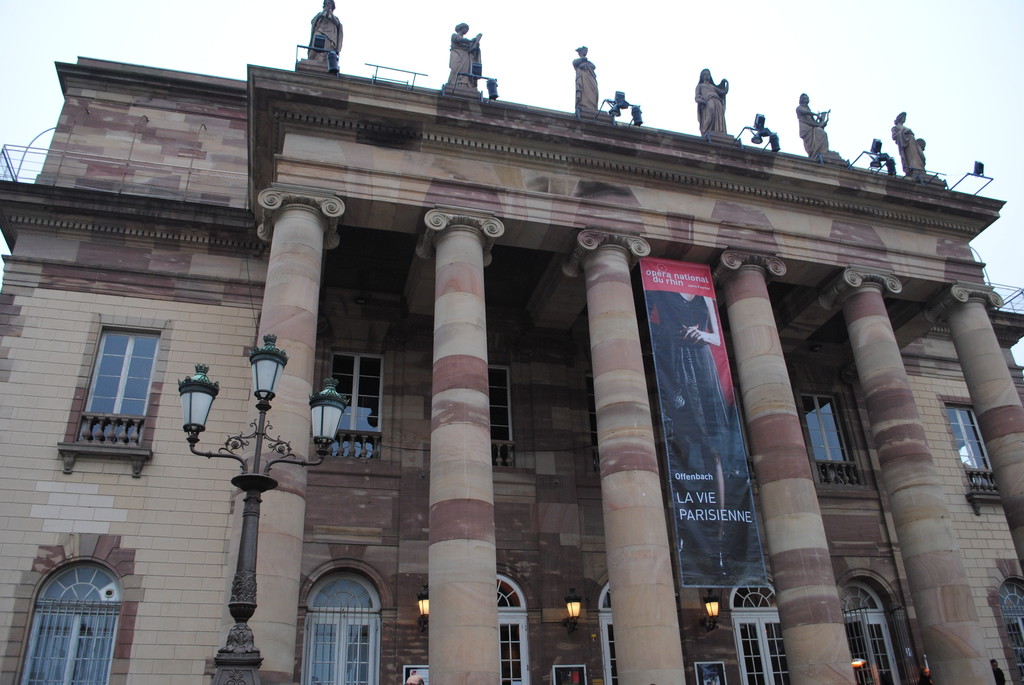
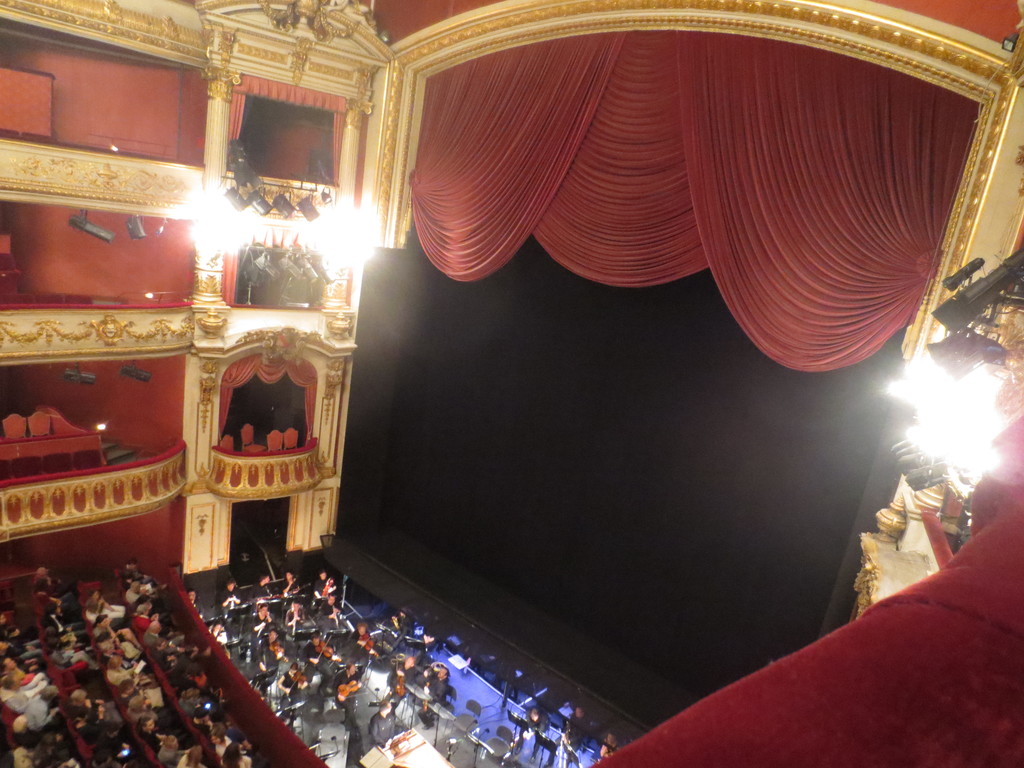
Within the square, close to the opera, there is a sculpture dedicated to marshal Leclerc, a military officer who played a very important role in the liberation of France during the Second World War. He died during one of the wars that he was participating in and he was posthumously awarded the title of marshal. The memorial was inaugurated in 1951, just seven years after the liberation of Strasbourg (1944). On the memorial itself, you can see two angels, one on either side, and an inscription that reads: "Mort en service commandé le 28/NOV/1947. Maréchal de France 23/AOUT/1952. " [in English, "Died in combat on 28/NOV/1947. Made Marshal of France 23/AUG/1952. "] (There are also inscriptions on the rear part of the monument, as you will be able to see in the photo I have attached below. ) The last time that I was in Strasbourg, I arrived on November 29th, with the anniversary of his death having been celebrated the day prior, so there were lots of flowers on the memorial as a symbol of admiration and respect that people still have for him to this day.

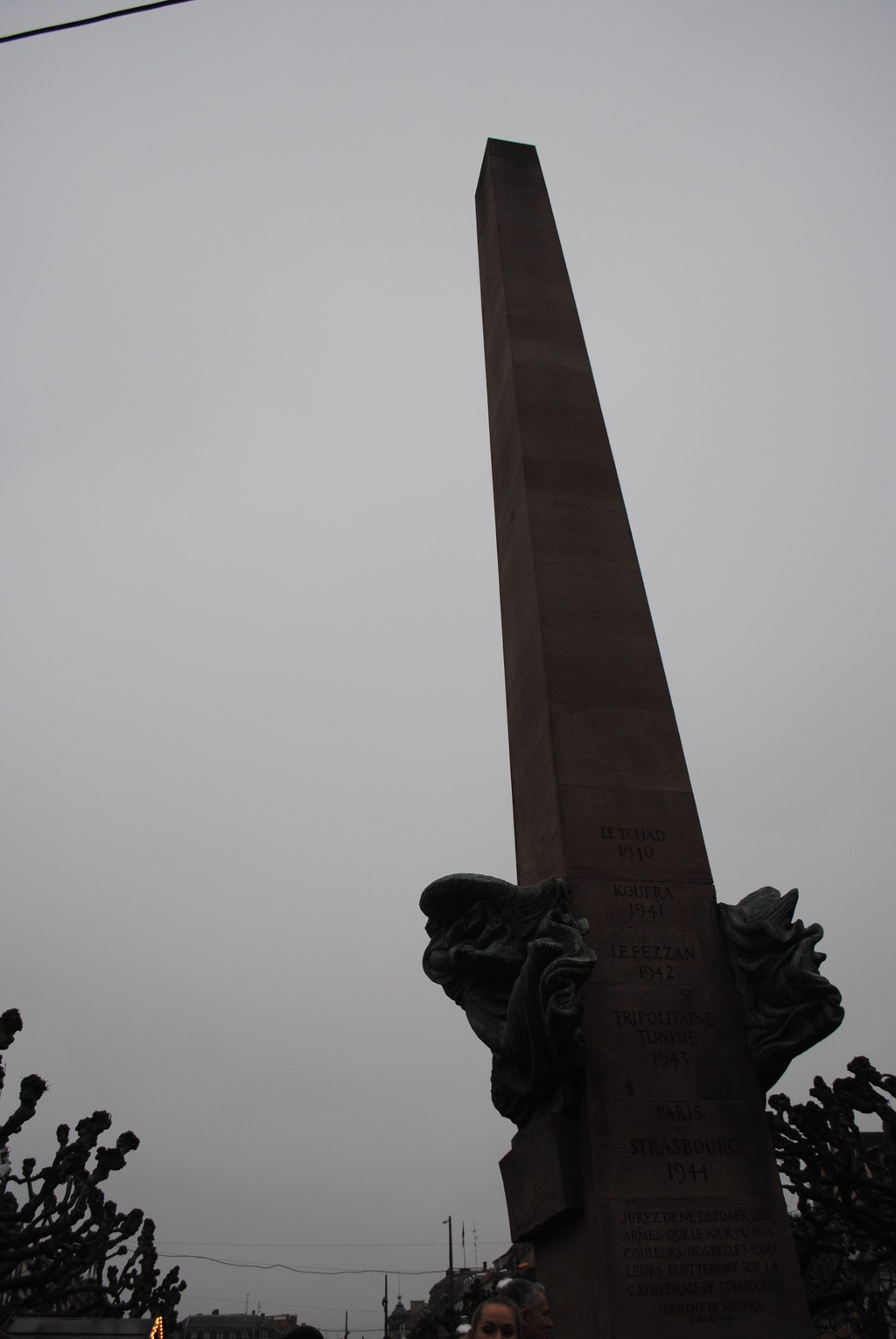
In spring and summer, the square also has several flowers of all different colours, which makes it really nice to be there. There is also a little food market every week or every other week that is held throughout the year, as well as a small fairground for children.
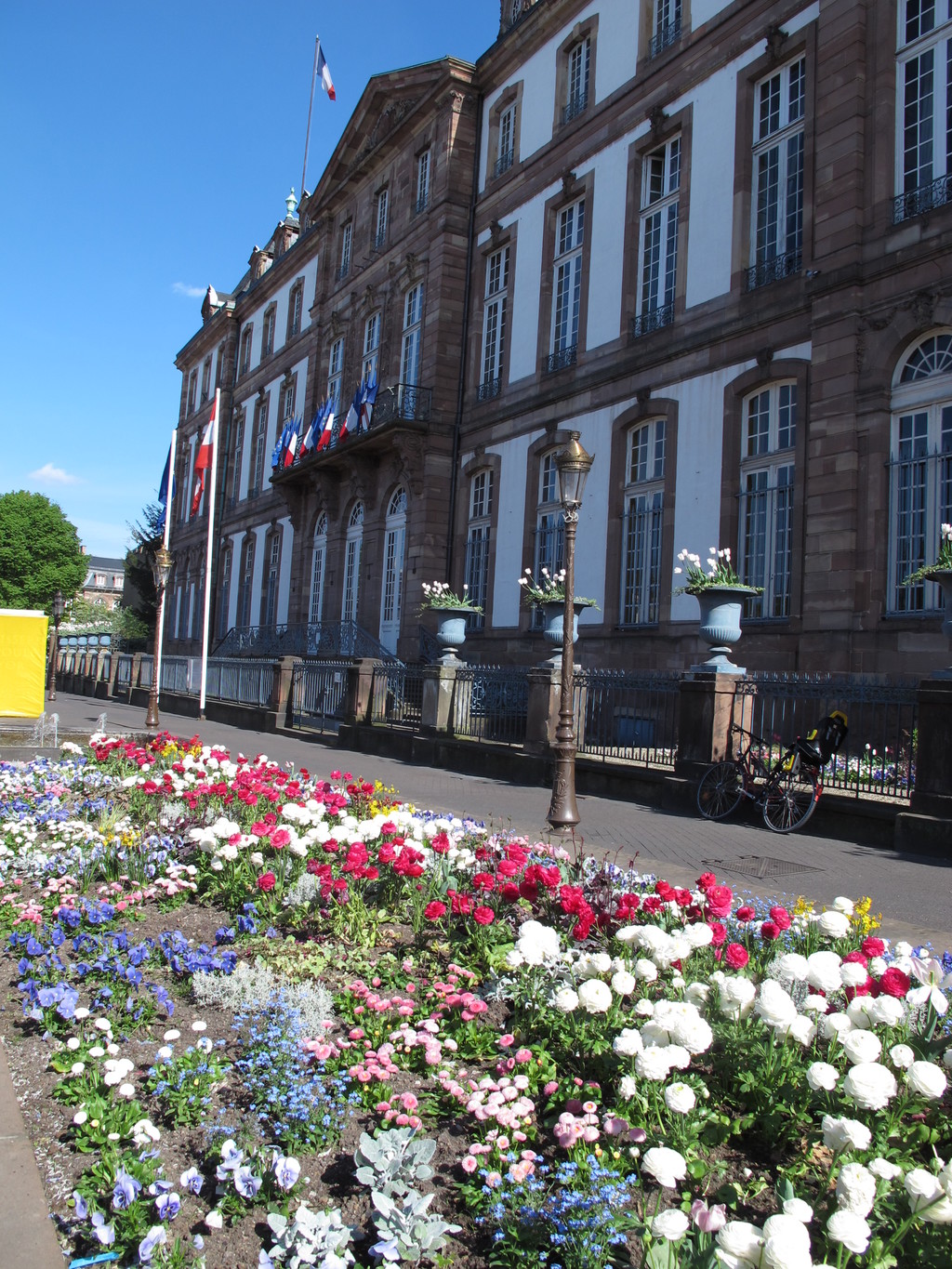
The city's tram system operates a stop near to the square, which is called "Broglie" and is served by lines B, C and F. If you follow the street heading in the direction of Place Kerber, you will come across lots of luxury shops.
 What to see Strasbourg,
Strasbourg,
France
What to see Strasbourg,
Strasbourg,
France




































